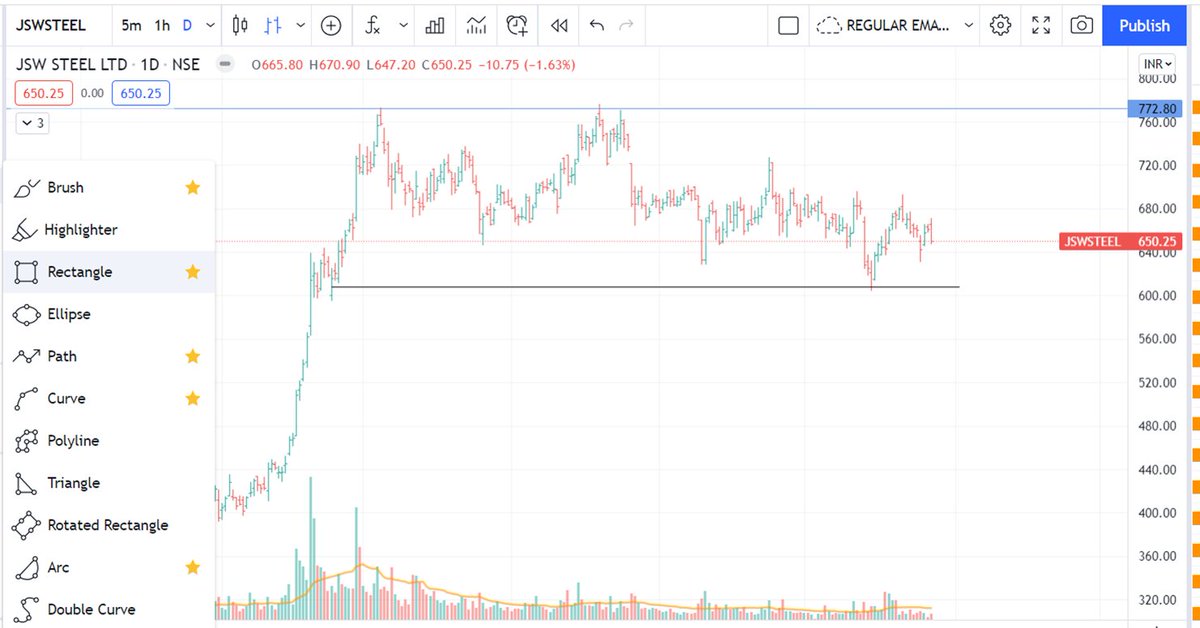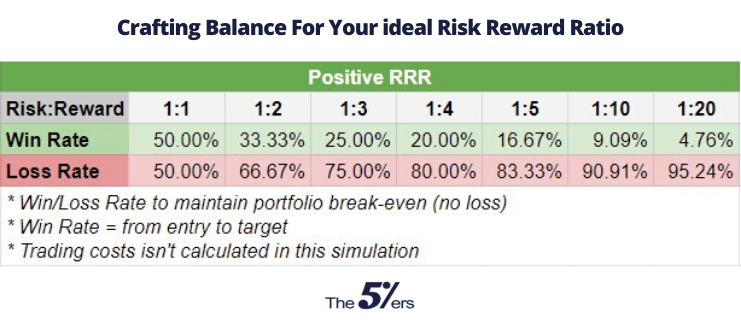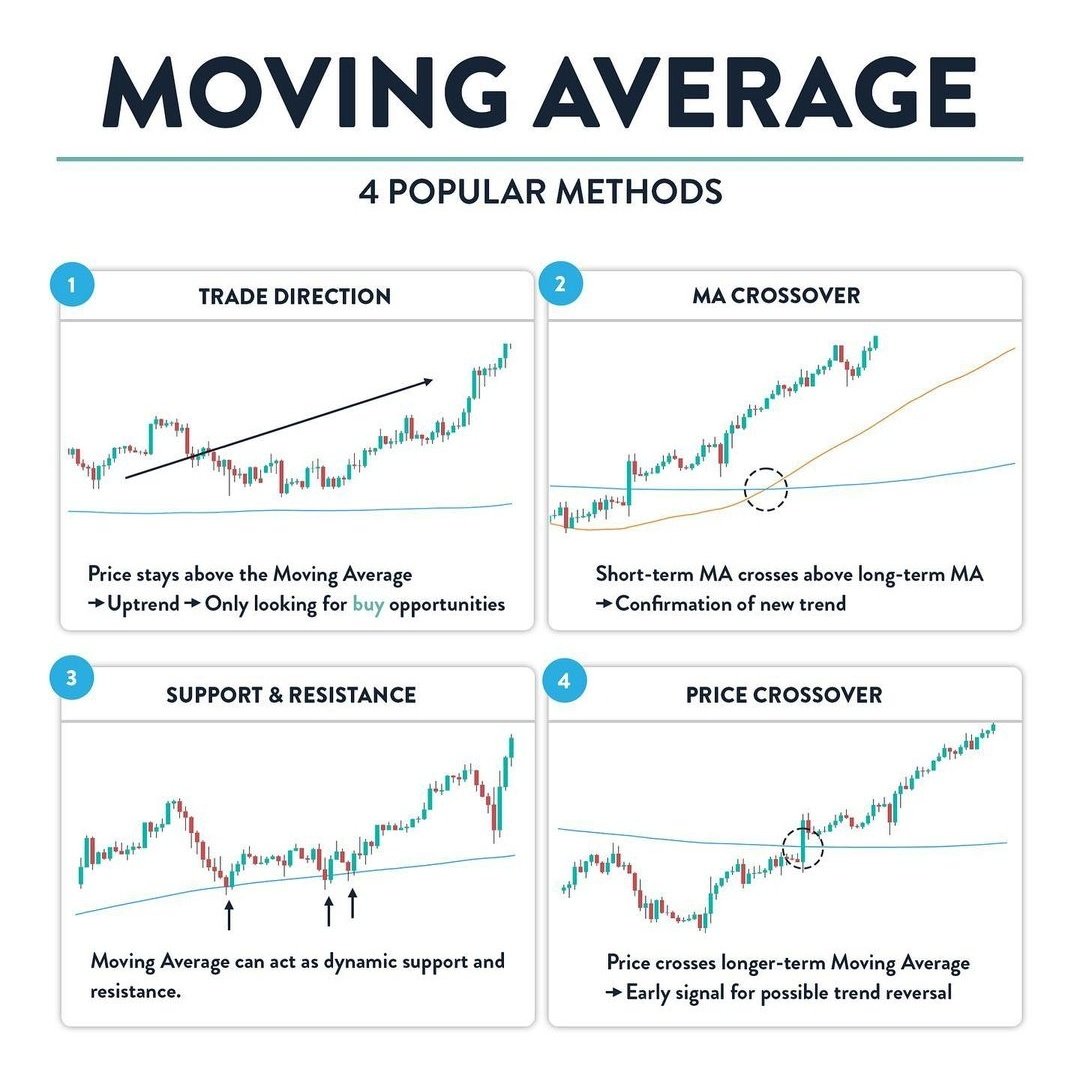
A Thread of all my Trading Strategies
📌Rs + Macd Strategy
📌Darvas Box Strategy
📌Breakout Trading
📌Retest Trading
📌Range Trading
Retweet and Share !
@kuttrapali26 @Techno_Charts
1/no
📌Rs + Macd Strategy
📌Darvas Box Strategy
📌Breakout Trading
📌Retest Trading
📌Range Trading
Retweet and Share !
@kuttrapali26 @Techno_Charts
1/no
RS + MACD Strategy
2/n
https://twitter.com/JayneshKasliwal/status/1459163692595957762?t=30SxEoi9-wvpFiLy_U6Kwg&s=19
2/n
Range Trading Strategy
3/n
https://twitter.com/JayneshKasliwal/status/1474013153688100864?t=LyWY8M11nanLfLEKG3FnWA&s=19
3/n
Darvas Box Trading Strategy
4/n
https://twitter.com/JayneshKasliwal/status/1476506422447722498?t=c4AydyDpczGgkqp3iLJVcg&s=19
4/n
Breakout Trading
5/n
https://twitter.com/JayneshKasliwal/status/1460860535340089345?t=mAmE3mIzQCnZd6vjXrRC-A&s=19
5/n
Retest Trading
6/n
https://twitter.com/JayneshKasliwal/status/1454042184253001730?t=ELSx8G8tMpIg-txcFj0ZMw&s=19
6/n
• • •
Missing some Tweet in this thread? You can try to
force a refresh








